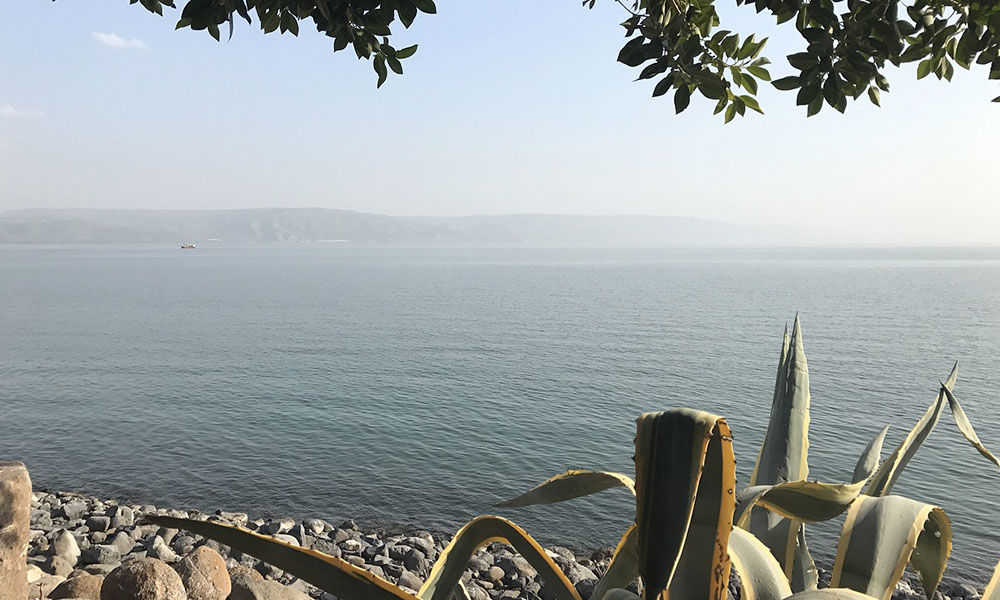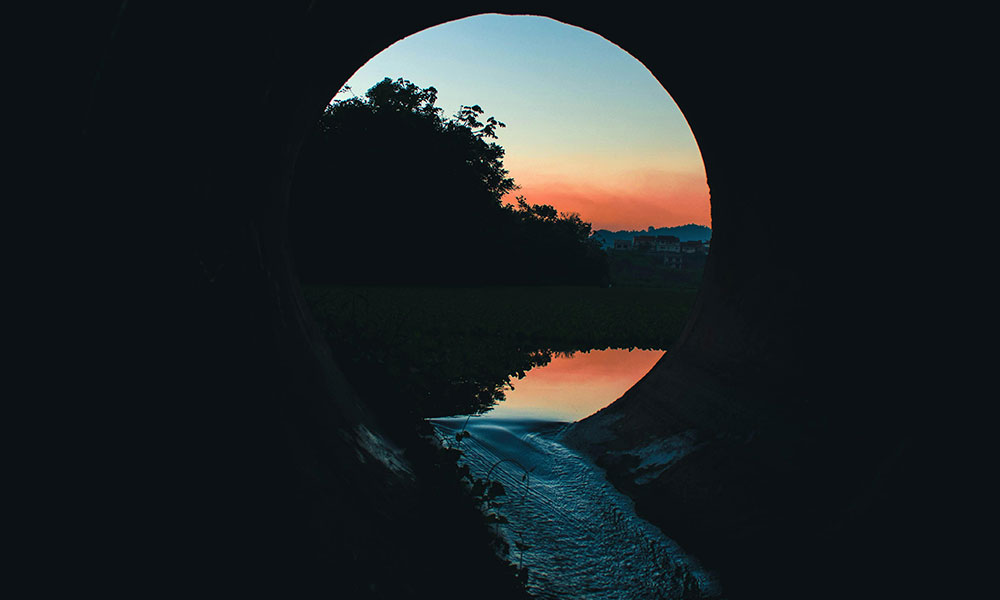Sea of Galilee is close to topped up, as Tel Megiddo National Park sees its 9th century BCE water reservoir fill up for the first time in years.
The current winter in Israel is well on track to becoming one of the rainiest in the country’s meteorological history, reviving nature in the process.
According to the Israel Meteorological Service, there have been 14 straight days of rainfall in Israel for the first time since 1992.
Sea of Galilee on the rise
This inclement weather is more than welcome to the arid Israeli landscape. Only one year ago, Israel saw its driest winter in 60 years.
The drought caused damage to agriculture and lowered the water levels of the Sea of Galilee (Lake Kinneret), the country’s largest freshwater lake. Due to its water levels consistently decreasing, it is no longer Israel’s main source of drinking water.
The high-water mark for the lake (-208.80 centimeters) hasn’t been reached in years. At the moment, however, the water level is only a meter away from the target.
Ancient water reservoir full again
The heavy rain also allowed for Israel’s many archeological wonders to flourish as well.
The water reservoir at the Tel Megiddo National Park in northern Israel, for example, has filled up for the first time since February 2021, according to the Israel Nature and Parks Authority. This is only the third time it has done so in over 30 years.

Normally, the tunnel could easily be crossed on foot, but in recent days it has been covered by more than a meter of water.
Rich history
The cistern is believed to date back to the ninth century BCE, and the tunnel where it is located is estimated to date back to the time of King Ahab, the seventh king of the northern kingdom of Israel.
Archeologists consider the construction to be technologically sophisticated considering the time period in which it was built.
The underground tunnel is believed to have been used as a hidden pathway to supply water to the city of Megiddo during wars.
Located in the Jezreel Valley in the Lower Galilee, Megiddo has a long, bloody history. The location is identified with Armageddon, the scene of the battle of the End of Days according to Christian Scriptures.
Already a fortified city by the third millennium BCE, 1,000 years later Megiddo became a center of Egyptian rule over Canaan. King David then conquered Megiddo, and the city flourished under his son Solomon.

